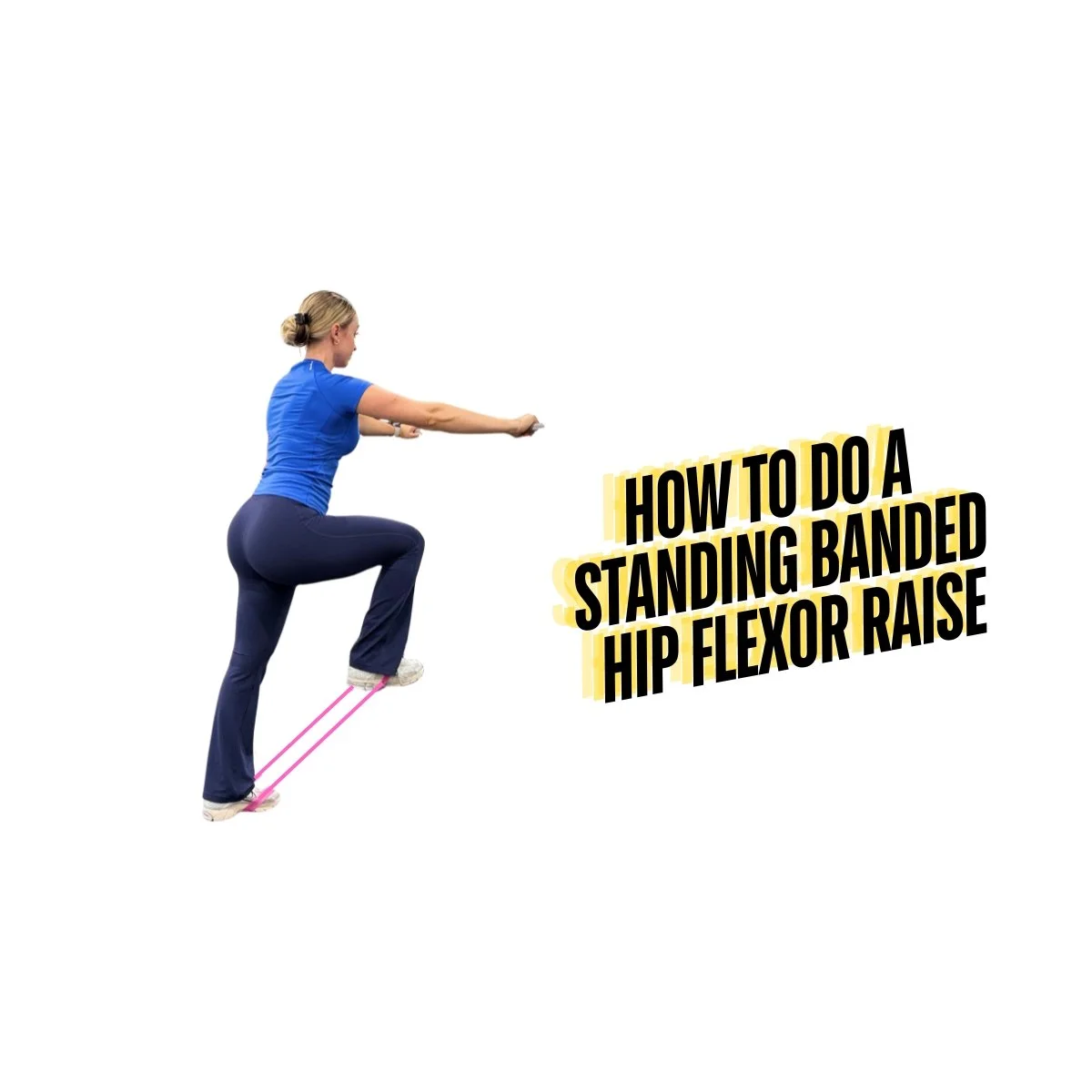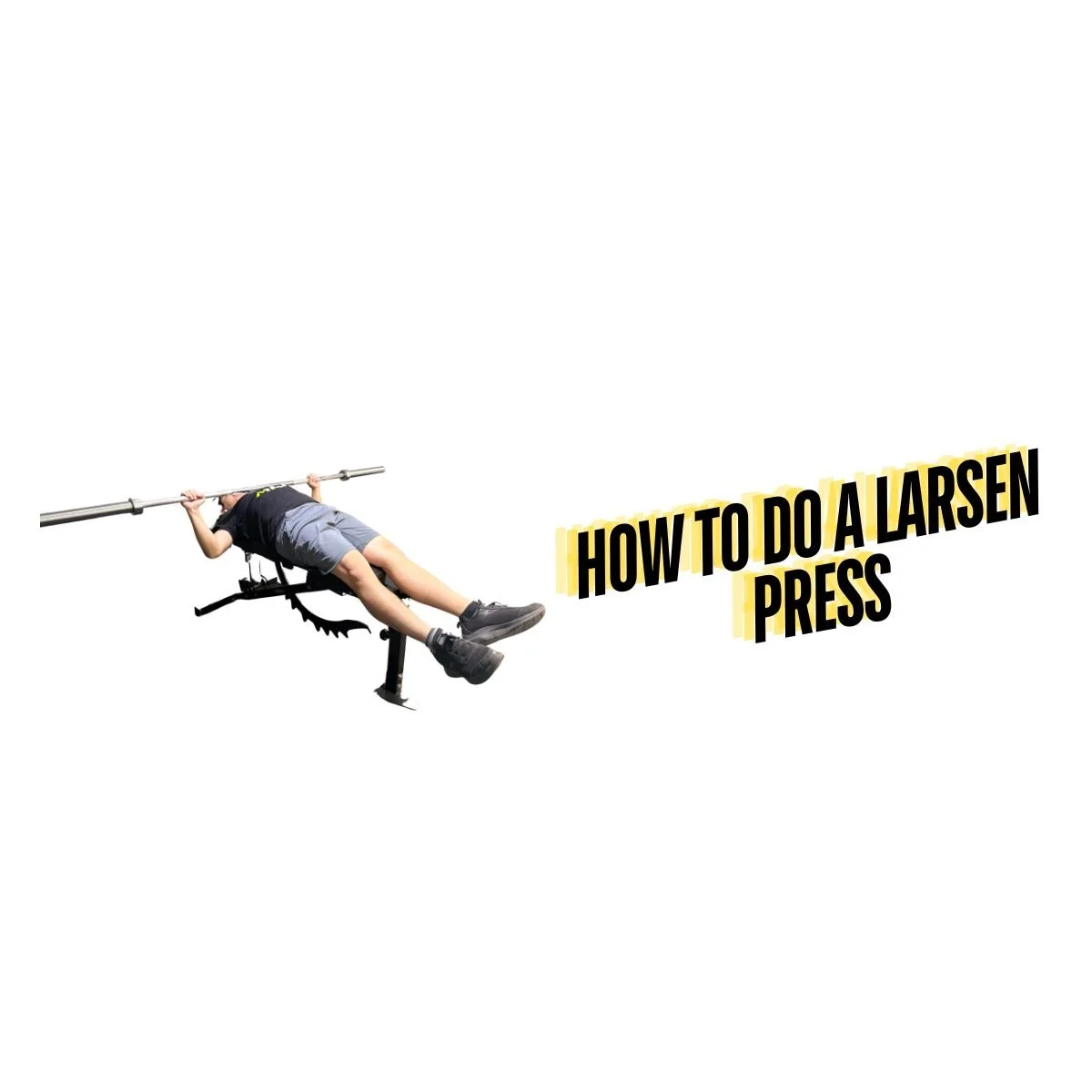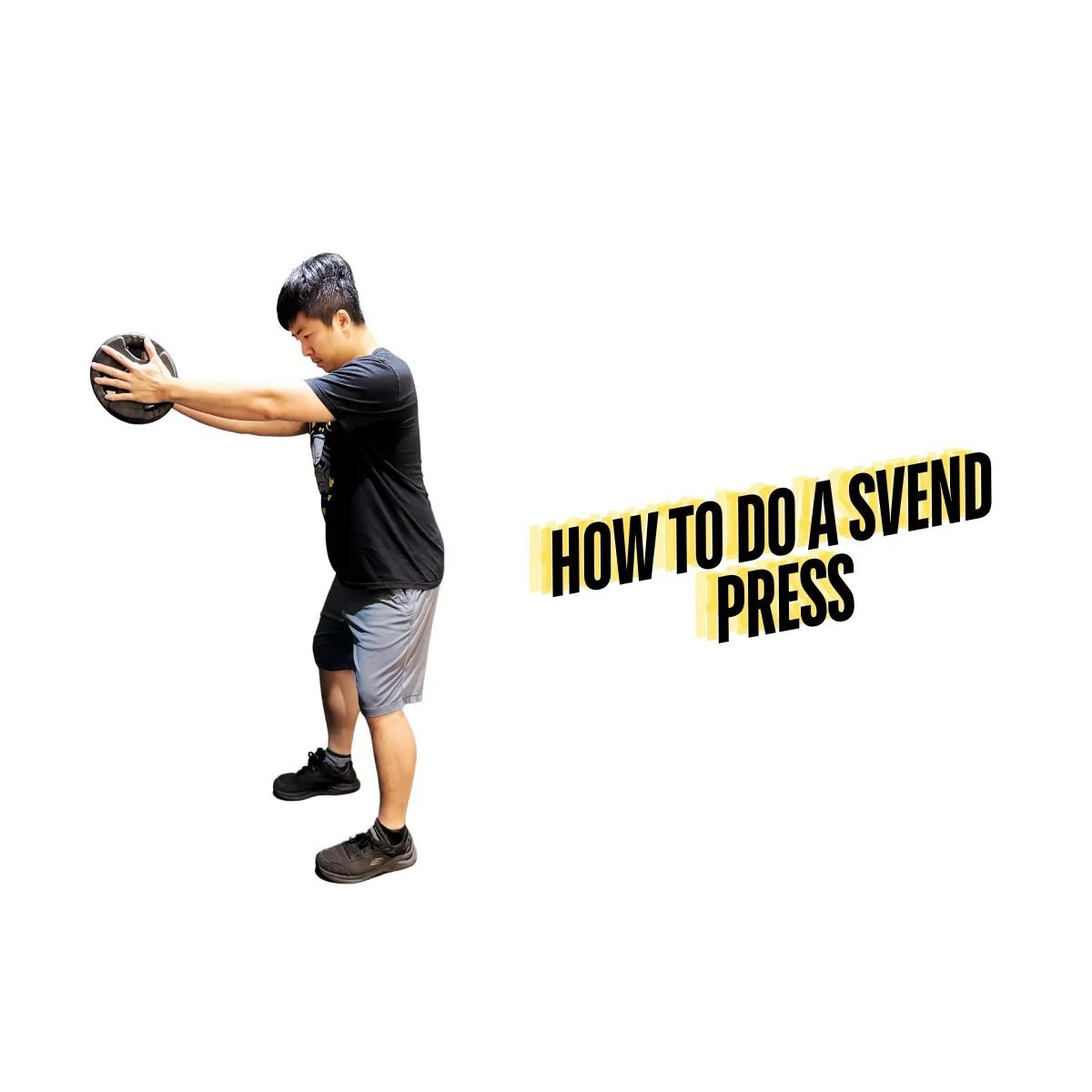Body Movements: External Rotation
Table of Contents
Introduction
External rotations are movements where a limb rotates away from the midline of the body. This motion is crucial for maintaining joint stability, supporting athletic performance, and enhancing daily activities. Key muscles involved in external rotations include the rotator cuff muscles in the shoulders and the gluteus medius and minimus in the hips.
External Rotation Exercises
Rotator Cuff External Rotations
Cable External Rotation
Dumbbell External Rotation
Hip External Rotations
Hip External Rotation
90/90 Stretch
Importance and Benefits
Improved Joint Stability
Strengthening muscles involved in external rotations helps stabilize joints, reducing the risk of dislocations and other injuries.
Enhanced Athletic Performance
The improvement of functional strength and flexibility is crucial for sports requiring external rotation, such as baseball, tennis, martial arts, track and field, and hockey.
Reduced Risk of Injuries
Regularly performing external rotations of the shoulders and hips by strengthening the surrounding muscles can prevent common acute and chronic injuries in daily tasks and sports, such as shoulder impingements, rotator cuff tears, and hip labral tears.
Common Mistakes and How to Avoid Them
Improper Form
Many gym goers, and especially beginners, perform exercises incorrectly with subpar form and too much momentum. Control the weight and feel the targeted muscles experiencing the motion with proper form are important for development and longevity.
Overloading
Too often, people may be caught up with their egos and use excessive weights. While progressive overload is needed for adaptation, avoid ego-lifting the weight; rather, increase the weight gradually. Put in maximum effort instead of ego.
Incorporating External Rotations into Your Workout
Warm-Up Routine
Include external rotation exercises in your warm-up to activate and prepare the muscles for more intense activities. Thiscan help improve performance and prevent injuries. For example, before training the chest, which requires a lot of engagement of the supporting musculature, perform an external rotation of the shoulder with dumbbells or a cable.
Rehabilitation and Physical Therapy:
External rotation exercises are often used in rehabilitation programs to restore strength and mobility after shoulder or hip injuries. They help rebuild muscle strength, enhance joint stability, and return to functional autonomy.
Functional Training
Integrate external rotation exercises into functional training routines to improve performance in sports and daily activities. These exercises help develop strength and coordination in movement patterns that mimic real-life activities.
Advanced Techniques and Variations
Progressions for External Rotations
As individuals gain more experience, they may perform external rotation exercises with a progression in quantity, quality, or both. This can include adding more resistance, increasing the range of motion, or combining external rotations with other movements.
Using Equipment
Resistance Bands: Provide variable resistance and can be easily adjusted for different strength levels.
Cables: Offer consistent tension throughout the range of motion.
Dumbbells: Useful for adding weight to traditional external rotation exercises.










